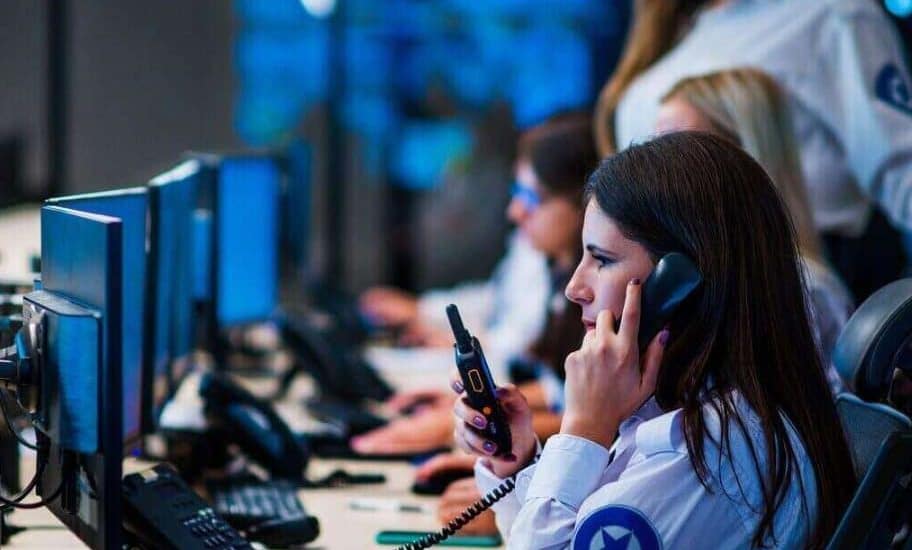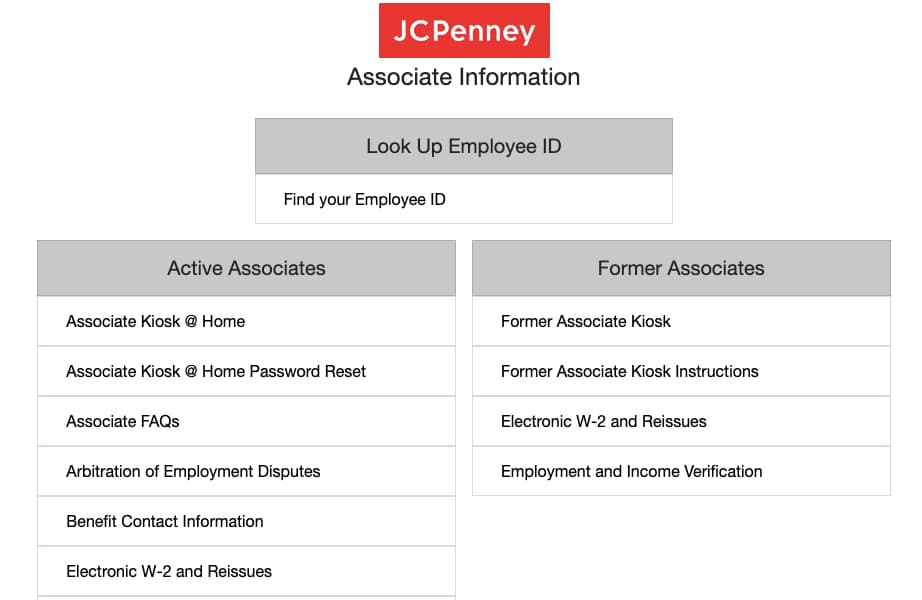Most crime and detective TV shows and movies often make solving robberies, murders, and other crimes look easy. Law enforcement officers in the shows collect a piece of evidence and run it through a computer program to find the perpetrator. Unfortunately, this doesn’t happen in real life.
Conducting investigations isn’t that simple. It takes law enforcers weeks, months, or years to match evidence to a suspect. However, this doesn’t mean technologies in the real world can’t catch up with Hollywood technology.
6 Law Enforcement Technology Trends to Watch

New technologies are slowly taking shape, making it easy for police officers to prevent and fight crimes. Below are technology trends that have revolutionized law enforcement.
-
1. Pre-Crime Technology
Preventing crime from happening is certainly the best way to fight crime. Fortunately, various technologies are at the forefront of ensuring crime doesn’t happen. Like in other sectors, predictive analytics and artificial intelligence are at the center of stopping crime before it occurs.
Law enforcement officers also use other technologies to prevent crimes. For instance, police officers in Chicago use ShotSpotter, an innovation that triangulates data to determine the precise location of gunshots. This, coupled with license plate detection technologies, allows police officers to conduct patrols and investigate shootings in high-crime areas.
Facial recognition technology is another useful pre-crime technology. Law enforcement officers have used facial recognition technology for decades, especially in identifying wanted criminals. Similarly, border patrol agents benefit from sensors and advanced X-ray scanners, which help them evaluate individual behaviors and their luggage.
-
2. Personnel Trends
Advancing technology has also led to new trends in law enforcement personnel. For starters, new inventions have changed law enforcement recruiting. Unlike before, the current generation of police officers have different expectations from their work and are more comfortable with using various technologies. This speeds up the adoption of modern automation solutions and simplifies police work.
Modern technologies have also made it necessary to create new roles among the police. Increasing technological adoption will force law enforcement agencies to create new roles. For starters, agencies should onboard officers with technical skills, such as data scientists, to help them make sense of the large pile of data in their possession.
Similarly, advanced technologies have made it necessary for law enforcement agencies to improve their training models. The increasing adoption of new innovations in law enforcement won’t be meaningful if police officers lack proper training. They should understand the capabilities of new technologies to exploit them fully.
The introduction of real-time data, camera systems, AI, and other technologies will certainly improve police officers’ situational awareness and capabilities beyond human parameters. However, these officers need adequate training to understand how to exploit these capabilities effectively and ethically. Police officers should also be aware of the privacy rights of citizens when using these technologies.
-
3. Biometrics
While fingerprinting isn’t something new in law enforcement, advanced technologies have reduced the time taken to identify suspects without using ink pads. Biometric technologies, especially facial recognition software and handheld scanners, allow police departments to identify individuals faster and more accurately.
However, modern technologies have gone beyond fingerprinting and facial recognition. New technologies have expanded the array of biometric features used by police officers and intelligence agencies. For instance, some also use iris recognition, palm prints, voice recognition, heartbeat, and gait analysis.
-
4. Smart Device Data
Law enforcement officers often collect large volumes of data daily. Similar to the healthcare sector, police officers can significantly benefit from cloud computing to organize, store, and report data. Having accurate information is important for all industries, and law enforcement isn’t an exception. Police departments can use cloud computing to improve their policies, procedures, and reporting.
Modern technologies have eliminated the overreliance on paperwork and filings, which were common in police stations. Police officers now use cloud computing to access and analyze data faster and more efficiently. They can access accurate and real-time data from various parts of the city. This allows for better resource planning and expedites investigations.
Apart from better document and records management, cloud-based solutions allow enforcement officers to access data on the go. Cloud computing can also be used for online training. Police officers can access learning modules at any time to supplement in-person and hands-on training.
-
5. Smart Cruisers
Police vehicles have evolved since the first models were introduced decades ago. Advancing technologies in law enforcement hasn’t left behind police cruisers. Police vehicles now have new upgrades that are better than the standard lights and sirens. For starters, new police cruisers have Wi-Fi-connected tablets, in-dash computers, and laptops.
These tools allow officers real-time access to crucial information and communication systems. Most cruisers also have dash cams, which are very useful for surveillance and information gathering. Dashcam footage also provides accountability and can provide much-needed evidence, especially during traffic stops.
Modern cruisers are outfitted with automatic license plate recognition software. This technology comes in handy for law enforcement officers policing the streets or enforcing traffic laws. ALPR technology also helps officers identify stolen vehicles and monitor amber alerts.
-
6. Robotics
Robots have proved useful in law enforcement, especially in dangerous situations. Even though the current society isn’t ready for Robocops, they will play a crucial role in the next few years. The most common use of robots is in disposing of bombs, dangerous items, and suspect packages.
While this has been available since the 1970s, modern robots are controlled by VR headsets and capable of operating with greater autonomy than initial models. Modern robots can also climb stairs and jump over walls, eliminating the need for human operators to stay close.
Law enforcement officers and intelligence agencies also use robots for surveillance. A perfect example is the Robodog from Boston Dynamics, which uses thermal cameras to identify intruders even at night. Future innovations will also see robots being used in hostage negotiation cases.
Conclusion:
There’s no limit to the impact of technology on law enforcement. These technologies enable intelligence agencies and police officers to crack down on criminals with utmost safety.
They are also beneficial in tackling new crimes that emerge as criminals continue to use technology to commit crimes.
Other noteworthy technologies include the use of drones as first responders, computer vision, and digital twins.



